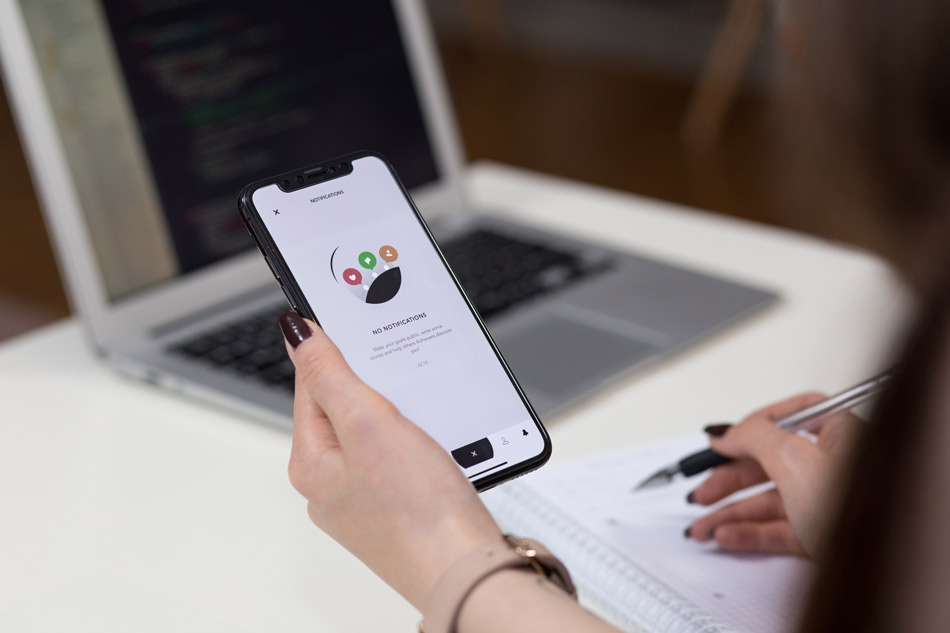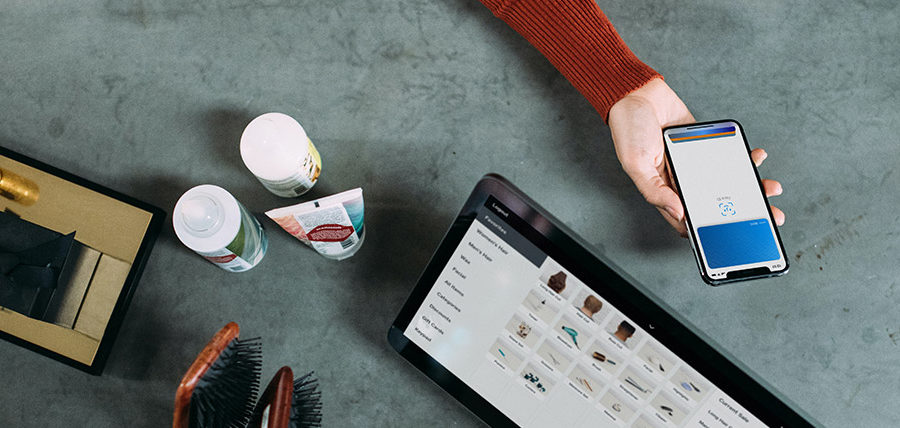For the third consecutive year, Deloitte has surveyed consumers to determine their level of digital engagement, and this year’s study has shown that shoppers are now “hunters” instead of “gatherers.” What does this mean for retail? Rather than leisurely perusing stores, consumers are now using digital platforms to determine exact items they desire, leaving more time to explore other aspects of the stores. This is resulting in higher sales, higher loyalty, and an entirely new method of doing business.
The “strategic strike” is the most common method of shopping
Consumers are browsing online more than ever, leaving fewer motives to wander a retail location aimlessly. Instead, consumers employ what is called the “strategic strike,” the referencing of a single item or items that are considered predetermined purchases. In other words, by the time a consumer walks into your store, they know what they came for, whether it is a pick-up or an in-store purchase, and that is their entire reason for coming into your store. If you lack a digital storefront, you lose out to another retailer that is able to reach the consumer digitally.
Digital technology promotes additional sales
Deloitte’s study of over 3,000 consumers found that 64 cents of every dollar spent in retail stores was influenced by digital interactions.
Initial purchase decisions are typically made by consumers before they have even stepped foot inside a brick-and-mortar location. Yet, when consumers arrive, that is rarely the only purchase they make. Without digital engagement, consumers spend more time in-store making decisions. With digital technology, the decision has already been made, leaving consumers more time to browse other items and accessories, ultimately making more purchases.

Apps are essential to digital engagement
Although not every consumer will download your store app, this technology is still a critical component to digital engagement. Many of your loyal customers will want the rewards connected to using your app, and the support of this omnichannel experience will allow digital to drive in-store exclusives. An app can notify consumers when there is a one-day sale at their preferred location, and with a special code, they may also get an additional ten percent off. The consumer may not have considered shopping at all, but with such an incentive, they are more likely to make a detour.
Apps also drive digital engagement by focusing on customized, individual attention, such as alerting consumers that a favorited item is now on sale in-store. Like other methods of digital engagement, a lot of browsing has already been done through an app. Online purchases can still be made, but in-store sales will also be higher because the digital touchpoints drive consumers through the door.
Consumers no longer rely on one method of shopping. It is all about convenience and personalization, experience and customization, which digital engagement helps every retailer capitalize on. Data obtained through the digital engagement with consumers can then be used to influence foot traffic at brick-and-mortar locations, especially by providing more opportunity for personalized in-person engagement. However, it all starts with the right digital engagement strategy that meets consumers where they are.
If you want to drive in-store sales, you must adapt.


